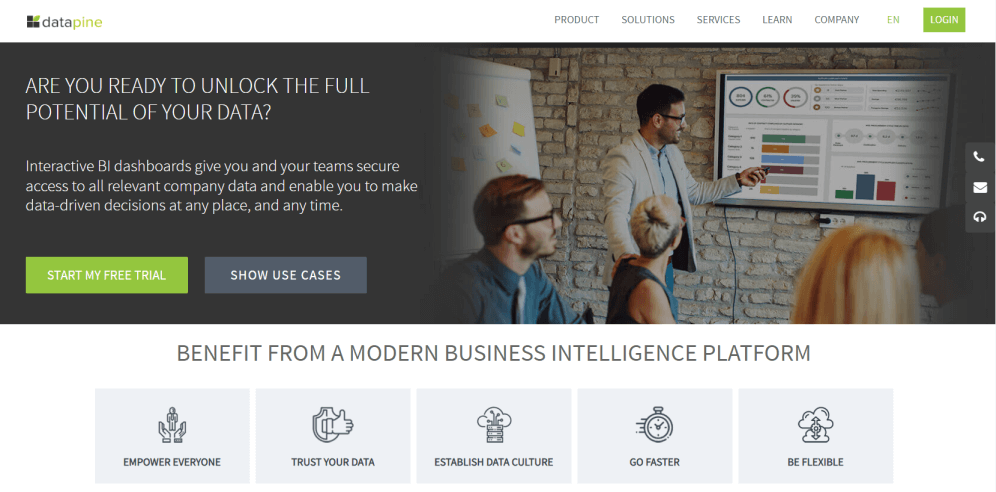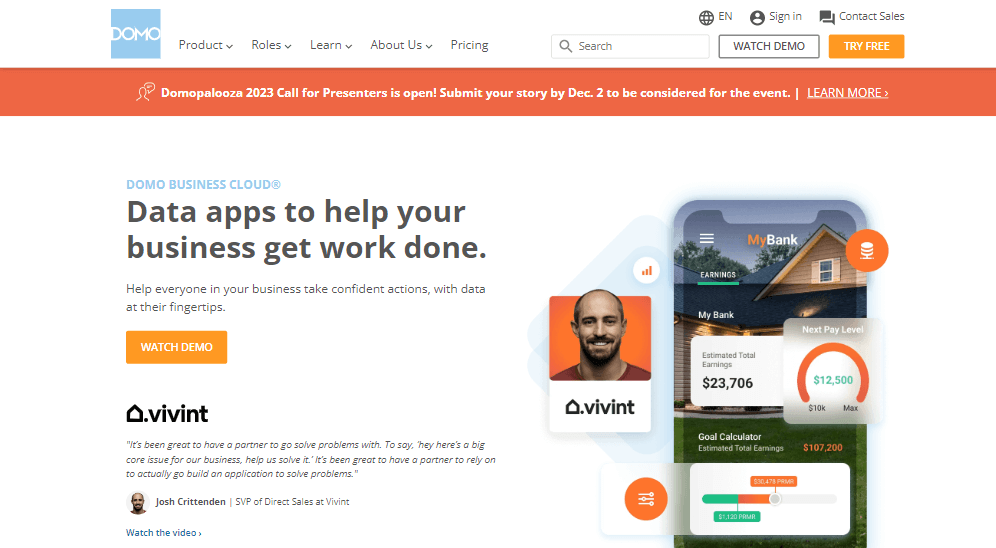

It’s been estimated that data scientists spend 80% of their time cleaning and preparing datasets. Data Preparationĭata preparation is essential to provide an accurate and consistent data to BI team. As a result, the analysis process can become wasteful. Yet, some BI teams are unclear on what to measure and can not provide detailed specs to the team in charge of data mining.

Communication issues between data science/data mining and BI teamsīefore data mining, the business intelligence team should specify what kind of data & insights they need.

Therefore, it is paramount to have a BI strategy before starting detailed analyses. However, especially newly formed BI teams may not have clear goals and may try to find insights without focusing on high priority issues.

Having clear goals for BI in terms of KPIs helps BI team focus on the right initiatives and make use of data mining technique either themselves or with support from the data science/data mining team. What are the challenges of data mining in business intelligence?ĭata mining in business intelligence faces the challenges of both data mining and business intelligence separately, which may include: Lack of BI Strategyĭata mining can be time intensive.
Market analysis: Constant collection of real-time data about the market and industry gives businesses data to be used in data mining/data science to make predictions about the market, competitors, and customers, and enables companies to discover new business opportunities. helps company to prioritize initiatives to respond to customer needs and demands. provides insights about customer purchase trends and seasonal needs in order make predictions on decisions, actions and product launches. Customer analysis: Customer data exhibit preferences, thoughts, needs, demands, and intents of target prospects and customers. Understanding the data and applying strategies to improve processes can improve the company’s efficiency (reducing costs) and increase its effectiveness (improving the quality of its products & services). Leveraging data mining on operations data reveals information about processes to improve. Business analysis: Organizations’ data includes information about internal structure of the company and lines of business (e.g: sales, logistics, manufacturing). Please note that this is a high level list, more granular applications of data mining also exist in BI These applications each have specific benefits. In the domain of business intelligence (BI), data mining has the applications listed below. What are the benefits of data mining in business intelligence? These inputs help business intelligence teams identify actions to take to improve the business. Detecting specific trendsĭata mining enables businesses to identify the root cause of a specific issue/trend, predict outcomes, identify anomalies. For example, data mining algorithms can convert images or documents into machine readable data for analysis by business intelligence tools. 80% of the data is unstructured when first collected, so it requires cleaning and wrangling before being delivered to the business intelligence team to derive insights from it. Some of the ways data mining techniques are used in BI include: Data preparationĭata mining techniques can be used to clean and prepare the data for analysis. These techniques can be used to generate insights from business data, contributing to business intelligence (BI). How does data mining help business intelligence?ĭata mining is a collection of techniques for generating insights from data. Process mining delivers insights about performance issues, the root causes, and automation opportunities. Process mining is an alternative approach to analyzing organizational process data. external data sources to obtain insights about competitors or potential partners.ĭata repositories for BI applications include data warehouses (centralized or decentralized), production databases and operational data stores. internal data so that they can optimize their business strategies which may include enhancing customer experience, saving costs etc. What is business intelligence?īusiness intelligence (BI) is a collection of processes, technologies, applications, and skills which businesses use to produce informed and data-driven business decisions.Ĭompanies apply BI to analyze and visualize Data mining helps businesses prepare data for BI by identifying anomalies, root causes and predicting events. Big data analytics which is also called data mining is critical for business intelligence since businesses are relying on increasing levels of data. Companies reported that they spent $187 billion on big data analytics in 2019.








 0 kommentar(er)
0 kommentar(er)
